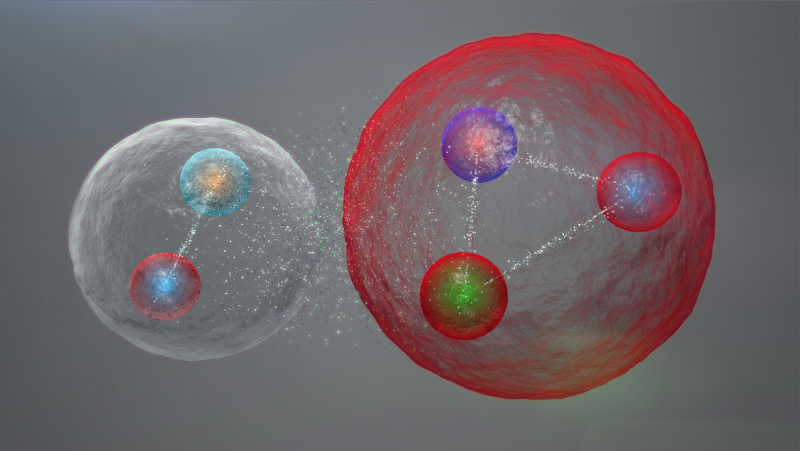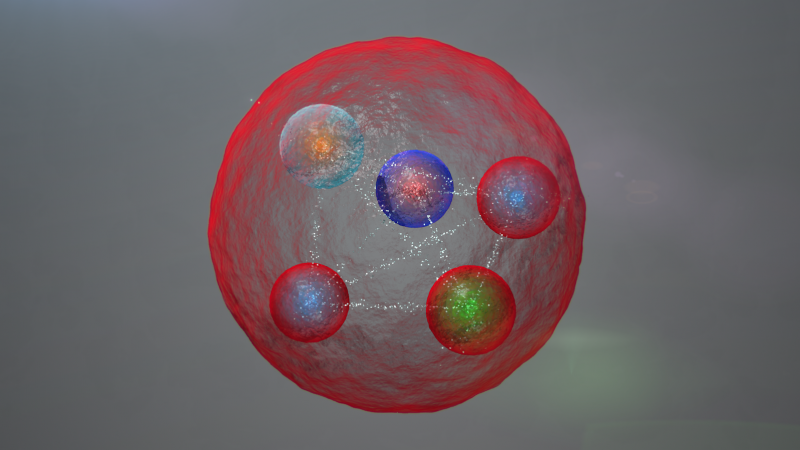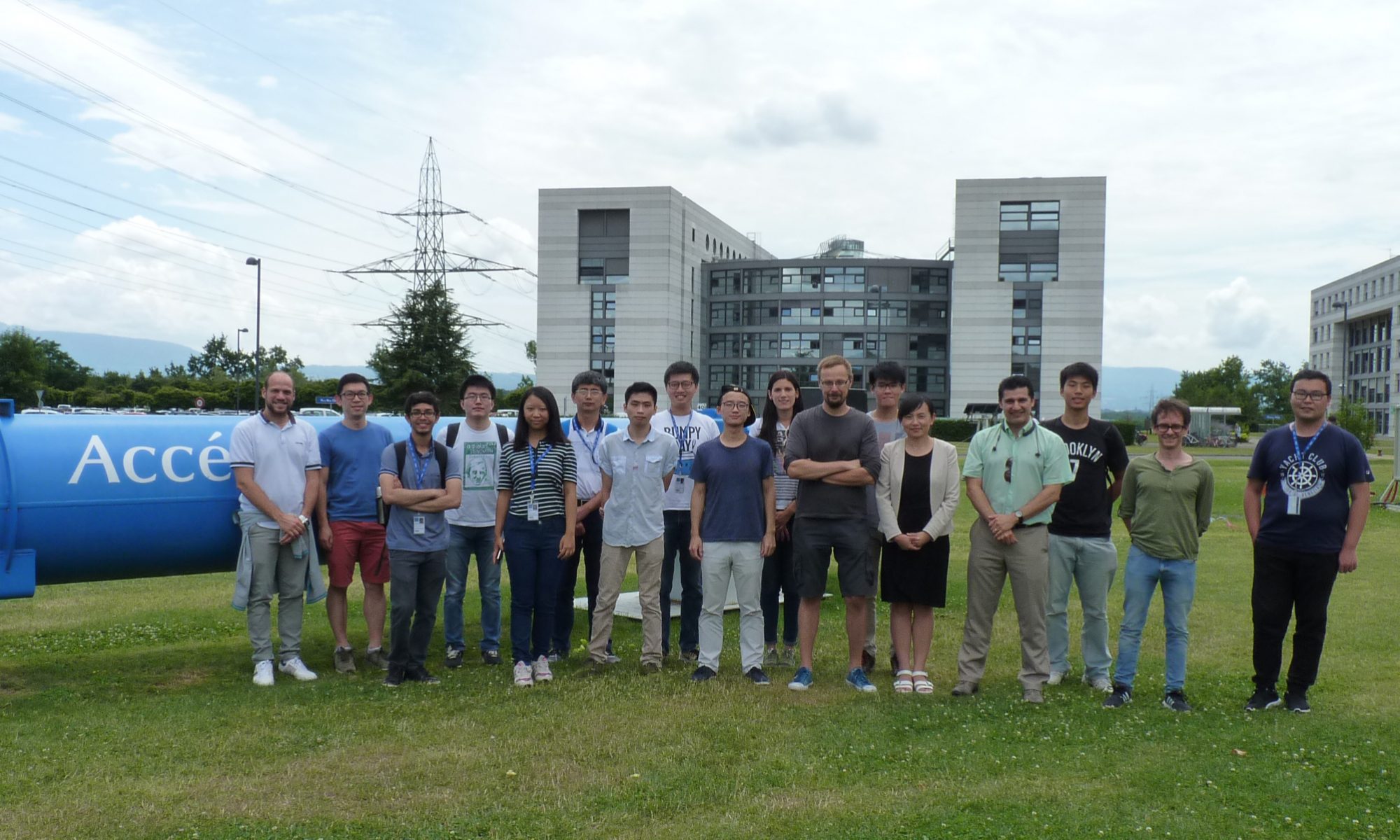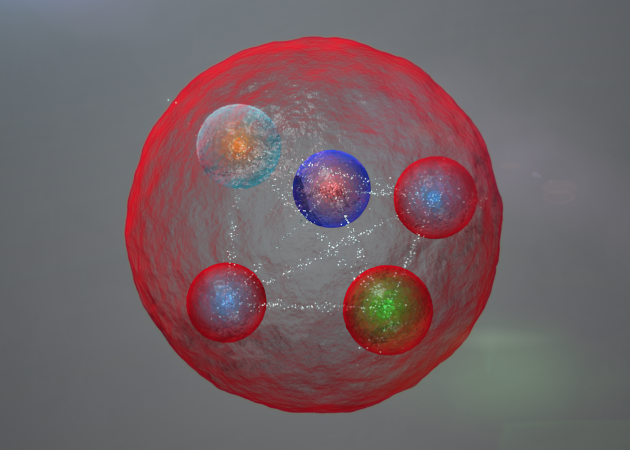Ever since the successful proposal of quarks , a class of fundamental particles, in 1964, most textbooks states that there are 2 types of composite particles which are made of quarks: baryon and meson. All those texts have to be modified now, because pentaquark is discovered in July 2015.
What is Pentaquark?
Quark is a class of fundamental particles which builds up almost everything around us, but it cannot exist alone (at least no one has successfully isolated one). They always group together: 2 quarks group we call it meson, while 3 quarks make a baryon. “And that’s all,” most people think. It turns out most of us are not imaginative enough. There are more members, with the introduction of pentaquark (5 quarks together), and tetraquark (4 quarks together).
With different combination of quarks, different pentaquarks could be made. The pentaquark discovered this time is named PcPc.


The existance of pentaquark was predicted a long time ago – when quark was first proposed by Murray Gell-Mann, but its actual existance was questioned by many, because no one had ever detected any 5-quark object. There were many false claims of pentaquark discoveries in the past. In July this year, the LHCb experiment team confirmed its existance – with great confidence.
Unpredicted Discovery
Many scientific discovories were accidental, a long time ago. Examples includes discovery of elctromagnetism in a lecture in 1820 , and accidental synthesis of urea in 1828 when making ammonium cyanate – first organic compound synthesis. Nowadays, most of the researches are well planned. This make the unpredicted and lucky discovery of pentaquark a great excitement.
Originally, the LHCb team was busying on an totally unrelated reaction
B0→J/ψK+K−B0→J/ψK+K−.
One analyst asked if there could be a similar reaction
Λ0b→J/ψK−pΛb0→J/ψK−p
which would contaminate their analysis (because they look similar). The team investigated on the later reaction path, and to their surprise, the decay rate was larger than expected. With the existing model, they were unable to explain the experimental data. Fortunately, the data suggested their is another reaction path (technically, there is an unknown resonance). It was pointed out by the data that a composite particle with 5 quarks uudc¯cuudc¯c was responsible to the unexpected large decay rate.
Finally, 2 pentaquarks were identified, with significance 9σ. Usually, significance of 5σ is enough to declare a discovery. 9σ is “very sure”.
What to do next?
Pentaquark is not yet well understood. Does it looks like a meson and a baryon stick together (upper picture above) or 5 quarks mixed (lower picture)? In addition, study of pentaquark can help us understand more about chromodynamics. LHCb has promised to try their best to tell us more about pentaquarks.
References
- Qunatum Diaries (This one is very interesting)
- LHCb Article
- CERN Article

